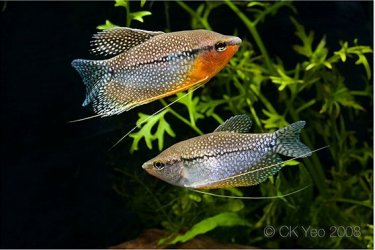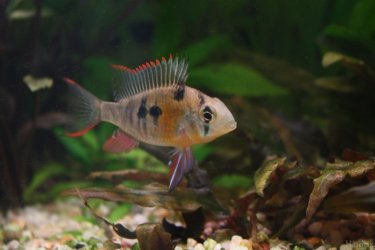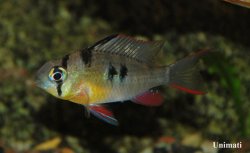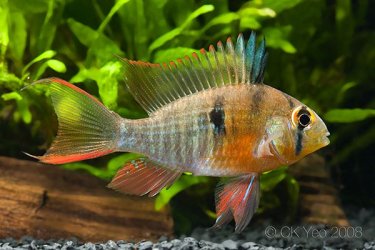Hello all!
Ive recently got a 52 US Gallon fluval tank cycled with a few fish in now and im looking at properly stocking and have a couple of questions.
So far we have got 6 Harlequin Rasboras and 4 Panda Cories we are looking at adding more pandas in the future the guy I got them off only had 4 left when I got there so we wanted a larger school.
We were looking to set up a tank of schooling fish with a centerpiece fish and we wanted a blue ram but research has told me that the temps will collide so my missus has set her eyes on maybe a blue acara and I havent found much info regarding non cichlid tank mates for them. Would an acara be too aggressive/predatory for a tank with panda cory and harls in? If not what other schooling fish could we add with the acara? If the acara is too aggressive is there any similar looking fish that we can have? Id rather avoid gorumais too
Also ever since adding pandas my harls have been hanging around at the bottom of the tank whereas before they were always at the top, they dont seem to harm the corys just seem to always be near or following them. Any ideas?
Ive recently got a 52 US Gallon fluval tank cycled with a few fish in now and im looking at properly stocking and have a couple of questions.
So far we have got 6 Harlequin Rasboras and 4 Panda Cories we are looking at adding more pandas in the future the guy I got them off only had 4 left when I got there so we wanted a larger school.
We were looking to set up a tank of schooling fish with a centerpiece fish and we wanted a blue ram but research has told me that the temps will collide so my missus has set her eyes on maybe a blue acara and I havent found much info regarding non cichlid tank mates for them. Would an acara be too aggressive/predatory for a tank with panda cory and harls in? If not what other schooling fish could we add with the acara? If the acara is too aggressive is there any similar looking fish that we can have? Id rather avoid gorumais too
Also ever since adding pandas my harls have been hanging around at the bottom of the tank whereas before they were always at the top, they dont seem to harm the corys just seem to always be near or following them. Any ideas?
Last edited:







